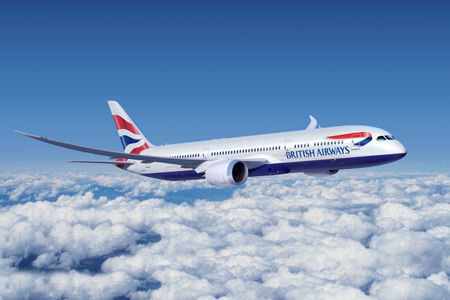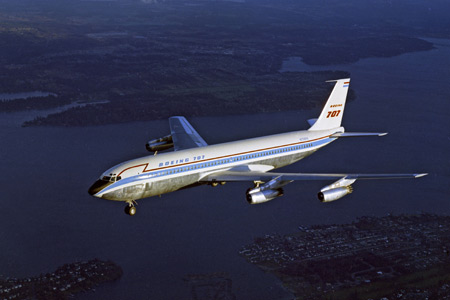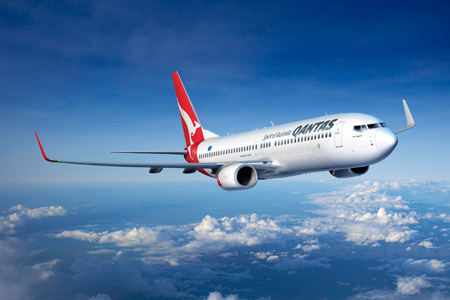To help reduce the risk of fires, passengers in the US will no longer be able to pack loose lithium batteries in checked luggage beginning Jan. 1, the Transportation Department announced.
The Federal Aviation Administration has found that fire-protection systems in the cargo hold of passenger planes can’t put out fires sparked in lithium batteries.
There are basically two types of lithium batteries: secondary (rechargeable) and primary (nonrechargeable). Secondary lithium batteries, which are commonly used in items such as cameras, cell phones, and laptop computers, contain lithium ions (charged molecules) in a flammable liquid electrolyte. Halon suppression systems (the only fire suppression systems certified for aviation) are effective in extinguishing fires involving secondary lithium batteries.
Primary batteries, which are commonly used in items such as watches and pocket calculators, contain metallic lithium that is sealed in a metal casing. The metallic lithium will burn when exposed to air if the metal casing is damaged, compromised, or exposed to sustained heating. Primary lithium battery flammability tests conducted by the Federal Aviation Administration (FAA) have shown that Halon suppression systems are not effective in extinguishing fires involving primary lithium batteries. Both primary and secondary lithium batteries are regulated as hazardous materials for the purposes of transportation.
Currently, the Safety Board is unaware of any fire suppression system that is effective on primary lithium battery fires.
Passengers can still check baggage with lithium batteries if they are installed in electronic devices, such as cameras, cell phones and laptop computers. If packed in its original retail packaging or plastic zip-lock bags, spare batteries may be in carryon baggage. Packing the batteries will prevent unintentional short-circuiting and fires. The limit is two batteries per passenger.
Spare battery tips:
- Pack spare batteries in carry-on baggage. In the passenger compartment, flight crews can better monitor safety conditions to prevent an incident, and can access fire extinguishers, if an incident does happen.
- Keep spare batteries in the original retail packaging, to prevent unintentional activation or short-circuiting.
- For loose batteries, place tape across the battery’s contacts to isolate terminals. Isolating terminals prevents short-circuiting.
- If original packaging is not available, effectively insulate battery terminals by isolating spare batteries from contact with other batteries and metal. Place each battery in its own protective case, plastic bag, or package. Do not permit a loose battery to come in contact with metal objects, such as coins, keys, or jewelry.
- Only charge batteries which you are sure are rechargeable! Non-rechargeable batteries are not designed for re-charging, and become hazards if they are placed in a battery charger. NEVER attempt to recharge a battery unless you know it is rechargeable.
- If you have already charged a non-rechargeable battery, do NOT bring such a battery on board an aircraft.
-
Use only chargers designed for your type of batteries. If unsure about compatibility, contact the product manufacturer.
- Take steps to prevent crushing, puncturing, or putting a high degree of pressure on the battery, as this can cause an internal short-circuit, resulting in overheating.
The following rules apply to the spare lithium batteries you carry with you in case the battery in a device runs low:
- Spare batteries are the batteries you carry separately from the devices they power. When batteries are installed in a device, they are not considered spare batteries.
- You may not pack a spare lithium battery in your checked baggage
- You may bring spare lithium batteries with you in carry-on baggage
- Even though it’s recommend carrying your devices with you in carry-on baggage as well, if you must bring one in checked baggage, you may check it with the batteries installed.
The following quantity limits apply to both your spare and installed batteries. The limits are expressed in grams of “equivalent lithium content.†8 grams of equivalent lithium content is approximately 100 watt-hours. 25 grams is approximately 300 watt-hours:
- Under the new rules, you can bring batteries with up to 8-gram equivalent lithium content. All lithium ion batteries in cell phones are below 8 gram equivalent lithium content. Nearly all laptop computers also are below this quantity threshold.
- You can also bring up to two spare batteries with an aggregate equivalent lithium content of up to 25 grams, in addition to any batteries that fall below the 8-gram threshold. Examples of two types of lithium ion batteries with equivalent lithium content over 8 grams but below 25 are shown below.
- For a lithium metal battery, whether installed in a device or carried as a spare, the limit on lithium content is 2 grams of lithium metal per battery.
- Almost all consumer-type lithium metal batteries are below 2 grams of lithium metal. But if you are unsure, contact the manufacturer!
The National Transportation Safety Board earlier this month said it could not rule out lithium batteries as the source of UPS flight 1307 fire on Feb 8, 2006 at Philadelphia International Airport.
Read NTSB Safety Recommendation
Visit also –The Risk of Battery Incidents– for further battery related incident reports.
Source: AP; US Department of Transportation



